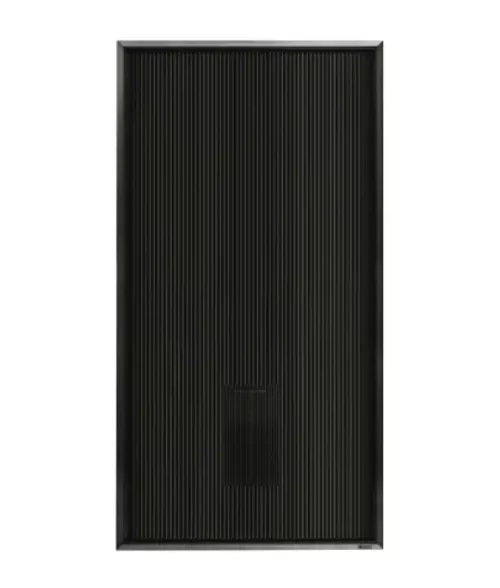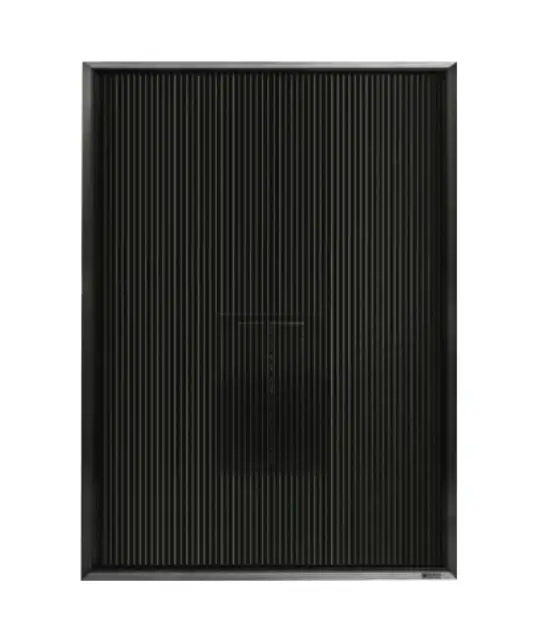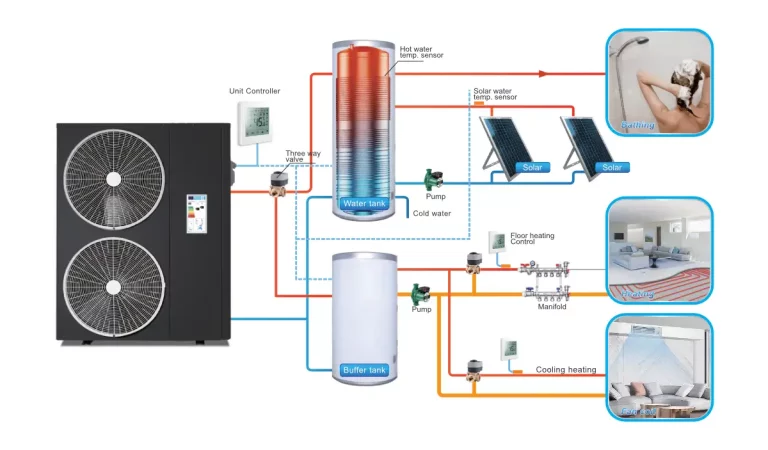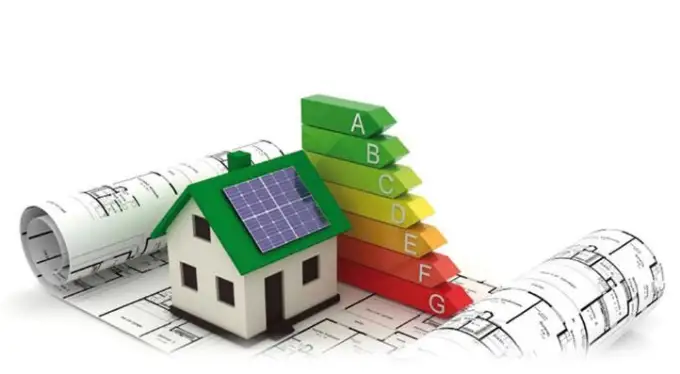Mold in the greenhouse
A microscopic fungus – mold – can bring a lot of trouble to the gardener. Mold in a greenhouse is almost certainly the death of crops and seedlings, a long illness of adult plants and the need for serious expenses to combat the fungus. Growers know that it is easier to prevent infection than to kill mold in a greenhouse.

Like any fungus, mold develops from spores when they enter the growing medium. Excessive humidity, and insufficient flow of fresh air – favorable conditions for any type of mold. Therefore, the fungus grows quickly in the greenhouse: spores are already contained in the soil, and constant watering and heating accelerate the growth of mycelium. A “fluffy” coating appears on the surface of the earth, or gray-yellow spots, a musty smell of dampness and mushrooms is established. This is an alarm signal: if the mold in the greenhouse is not removed in time, the plants will start to hurt.
Mold in the greenhouse is a danger
Fungal diseases are hard tolerated by both fruit and ornamental crops. White mold in the greenhouse covers the soil in an even layer, disrupting natural gas exchange: the roots of plants suffocate and rot. Urgent aeration of the earth and improvement of the root system are required. But mold is not only dangerous.
Black mold in a greenhouse indicates the development of a plant disease. It can be shute, powdery mildew, gray mold or another disease. Depending on the type of fungus, it affects leaves, stems, flowers, fruits. Plants stop developing, shed their foliage, and, if treatment is not started, they die. Mold is especially dangerous in the greenhouse at home for seedlings and seedlings – they practically cannot resist the fungus and quickly die. If the mold infects the seeds, they lose their viability.
But the mold is harmful not only to the flora: black mold in the greenhouse gradually poisons the human body, disrupting the central nervous system, the respiratory system. Fungus spores can cause severe allergic reactions and asthma attacks. Therefore, it is so important to remove mold in the greenhouse and prevent its development.
The main damage from mold:
- plant death;
- loss of crops and seedlings;
- creating conditions that threaten human health.
Mold control measures

The usual methods of killing mold in a greenhouse do not work: it is impossible to use most disinfectants, as they will not only kill the fungus but also the plants themselves. The top layer of soil is removed and replaced with a fresh one, it is recommended to add special additives to it (for example, charcoal). But this should be done carefully so as not to disturb the acid-base balance of the earth.
If some of the plants are already affected by mold, they need to be cured or dug up and burned. Elimination of mold takes time and effort, requires financial costs and can lead to a partial loss of the crop. Therefore, it is recommended to think in advance how to prevent the appearance of mold in the greenhouse at home.
The creation of local ventilation is one of the ways to prevent the development of a colony of fungi. Timely removal of saturated and stagnant air protects the greenhouse from uncontrolled mold growth. Solar-powered devices have proven themselves well – they do not require an electrical connection (and greenhouses are often not electrified), they do not violate the environment: and they do not emit exhaust gases into the air that would harm plants.
To create local ventilation in a greenhouse using solar equipment, one or more collectors are purchased. The number of devices depends on the area of the greenhouse. They are installed on the sunny side of the building or on the roof. Every time the sun hits the collector, it automatically turns on and starts its work: it heats the air, removes excess moisture from it, and then supplies it to the greenhouse. An additional plus: a positive temperature is maintained in the greenhouse even in the cold season.
But the main advantage is that solar collectors create conditions in the greenhouse that are not suitable for the development of mold and related fungal diseases.
Solar energy for crop protection
Solar energy equipment is actively used for the development of agriculture and home crop production in America, Canada and European countries. It is also becoming popular in Russia and the CIS due to the benefits provided:
- independence from electricity, liquid fuel, coal;
- cost-effectiveness – expensive energy resources are not consumed, that is, the devices work for free;
- environmental friendliness.
Just as important, solar equipment does not create drafts and excessive air activity that would harm plants. And the mold in the greenhouse will no longer appear.
Get rid of mold in the greenhouse






